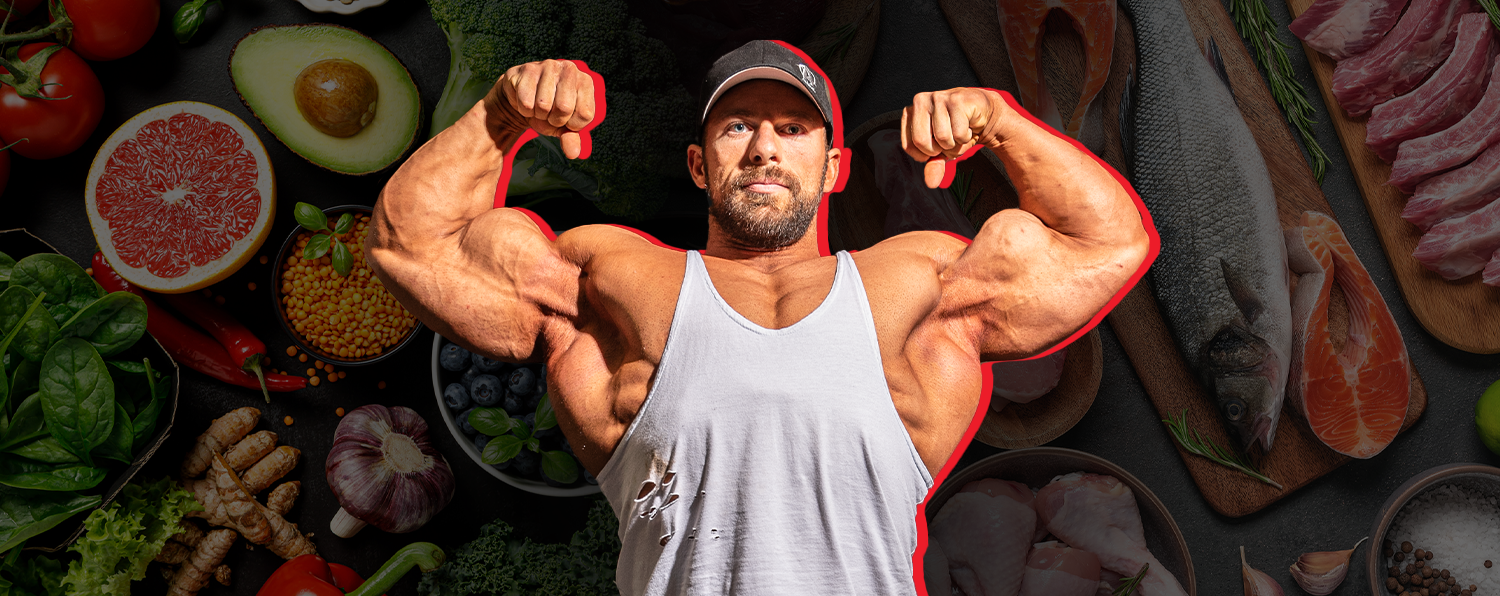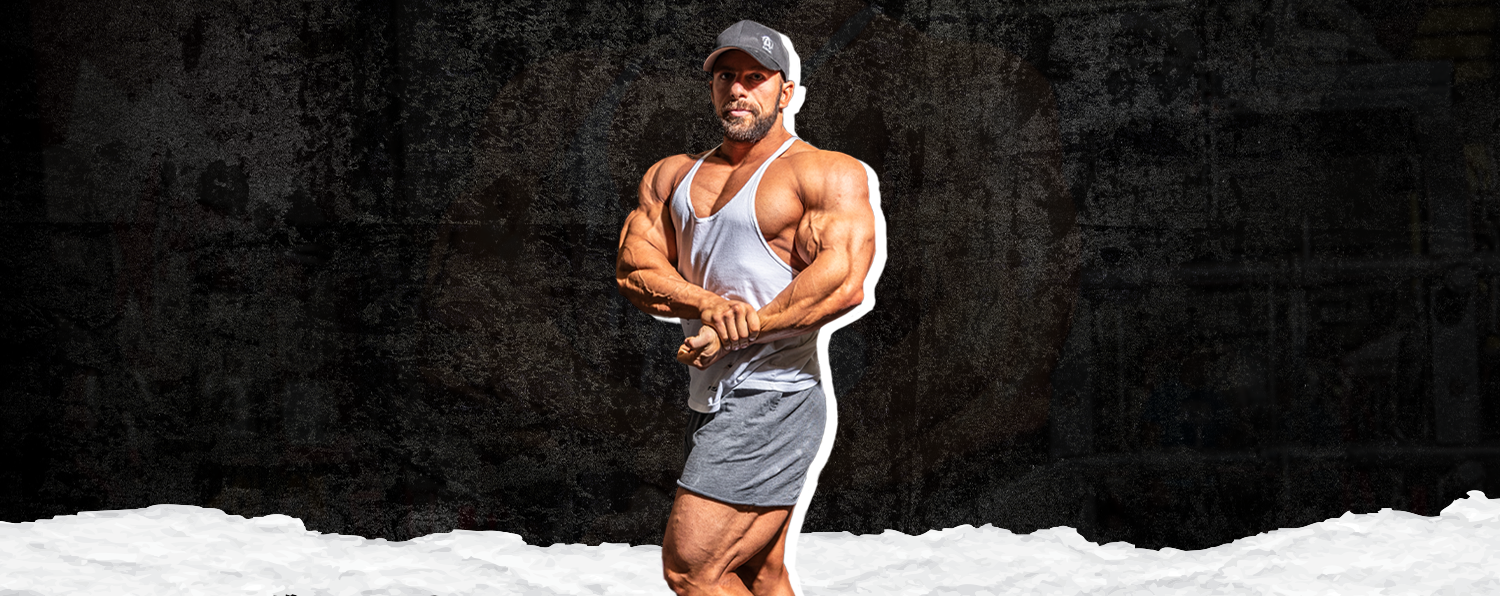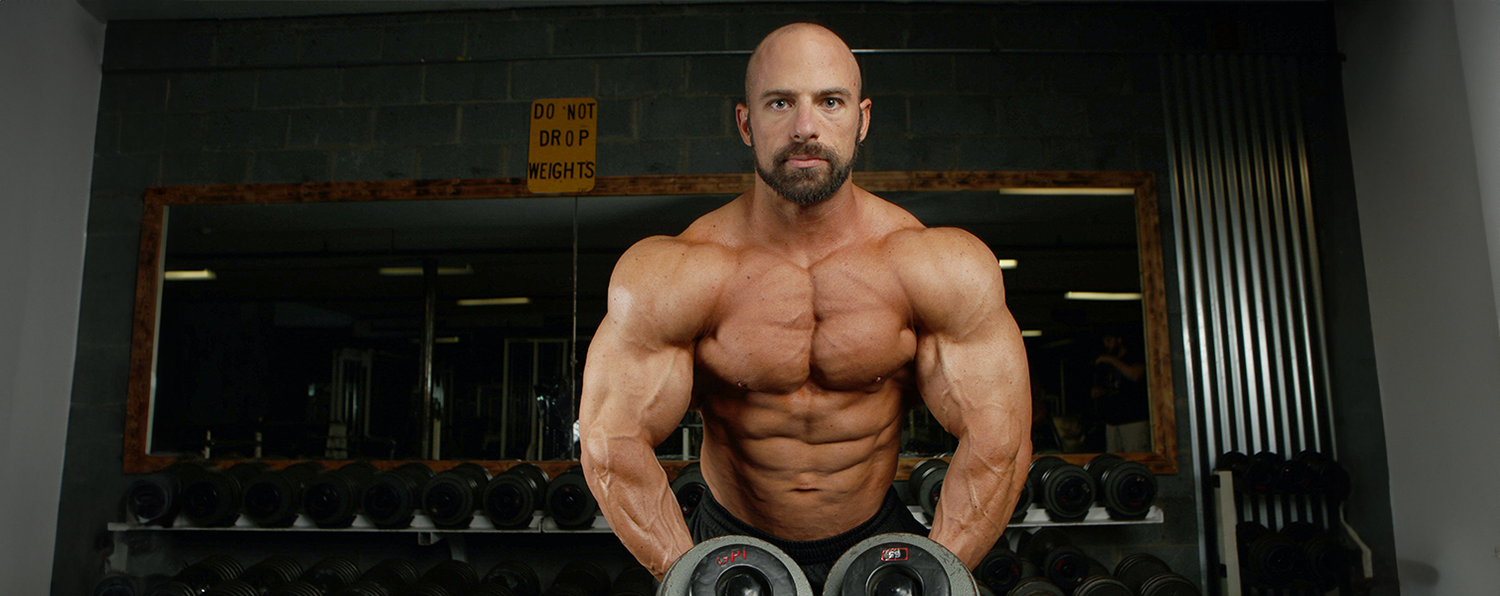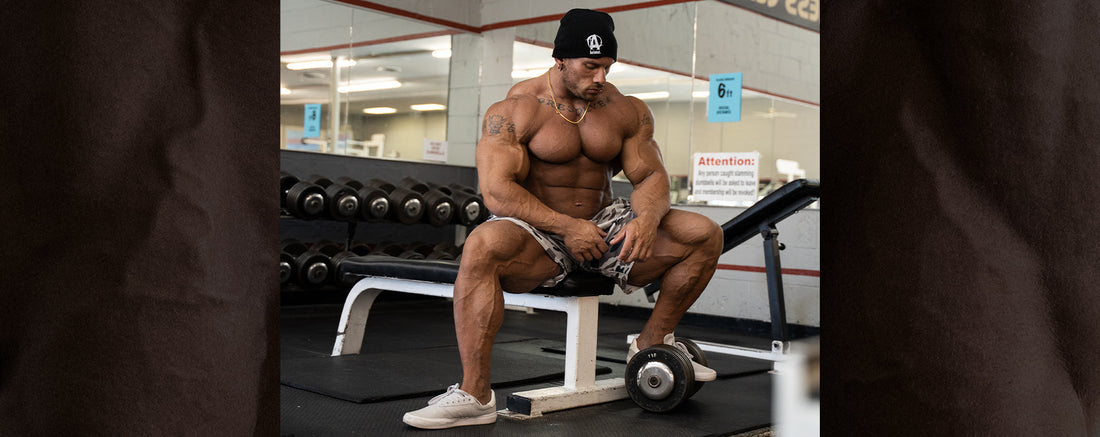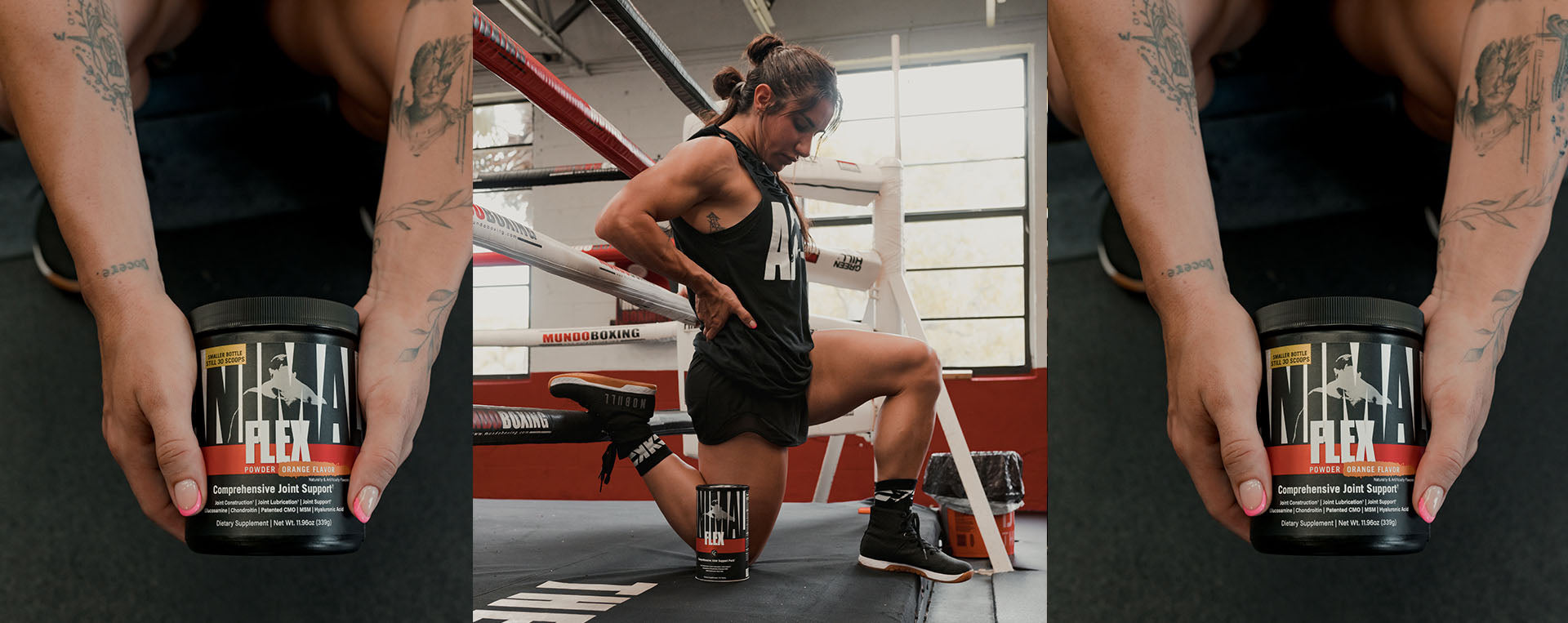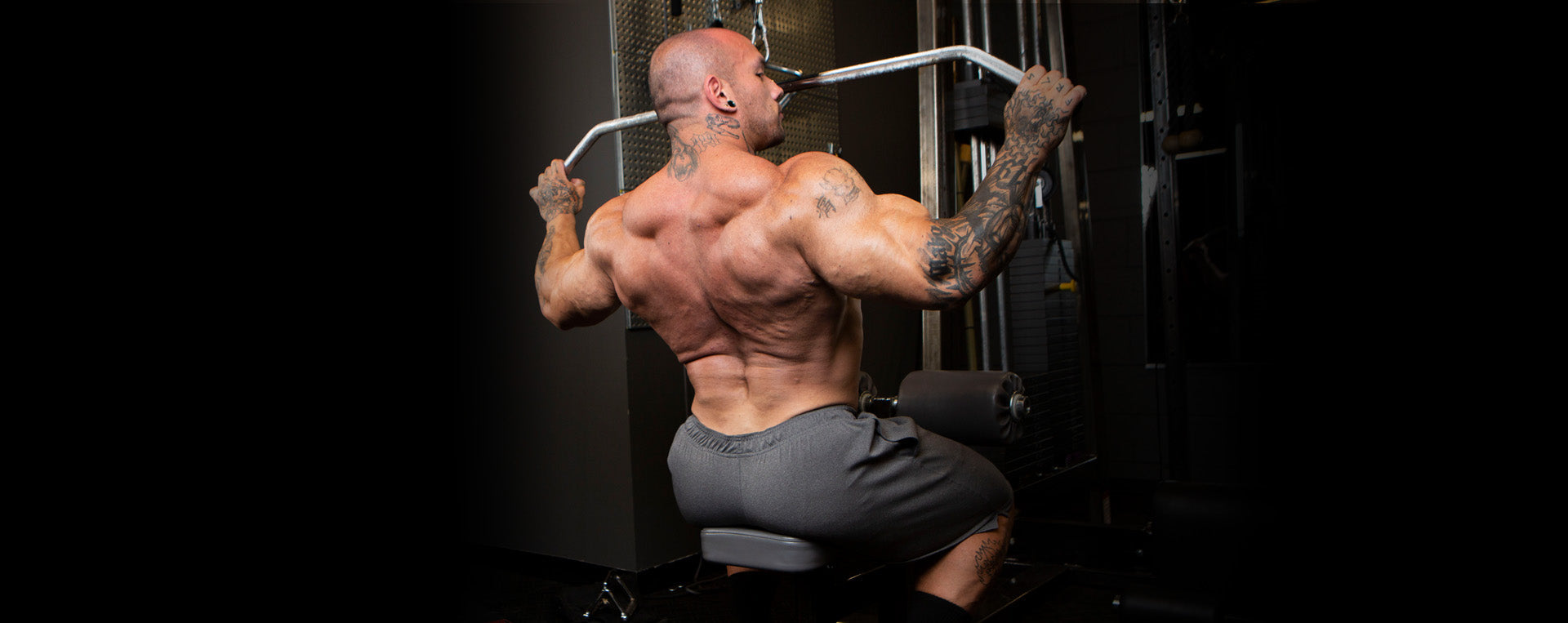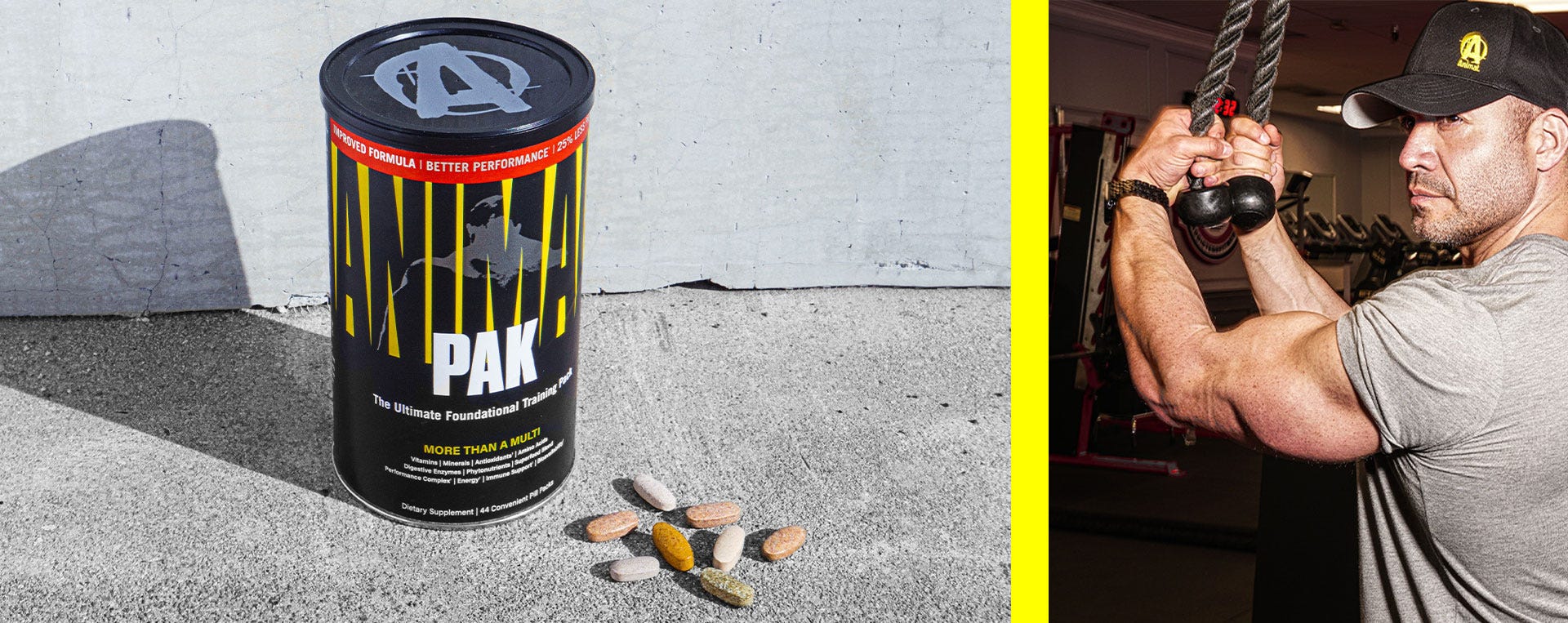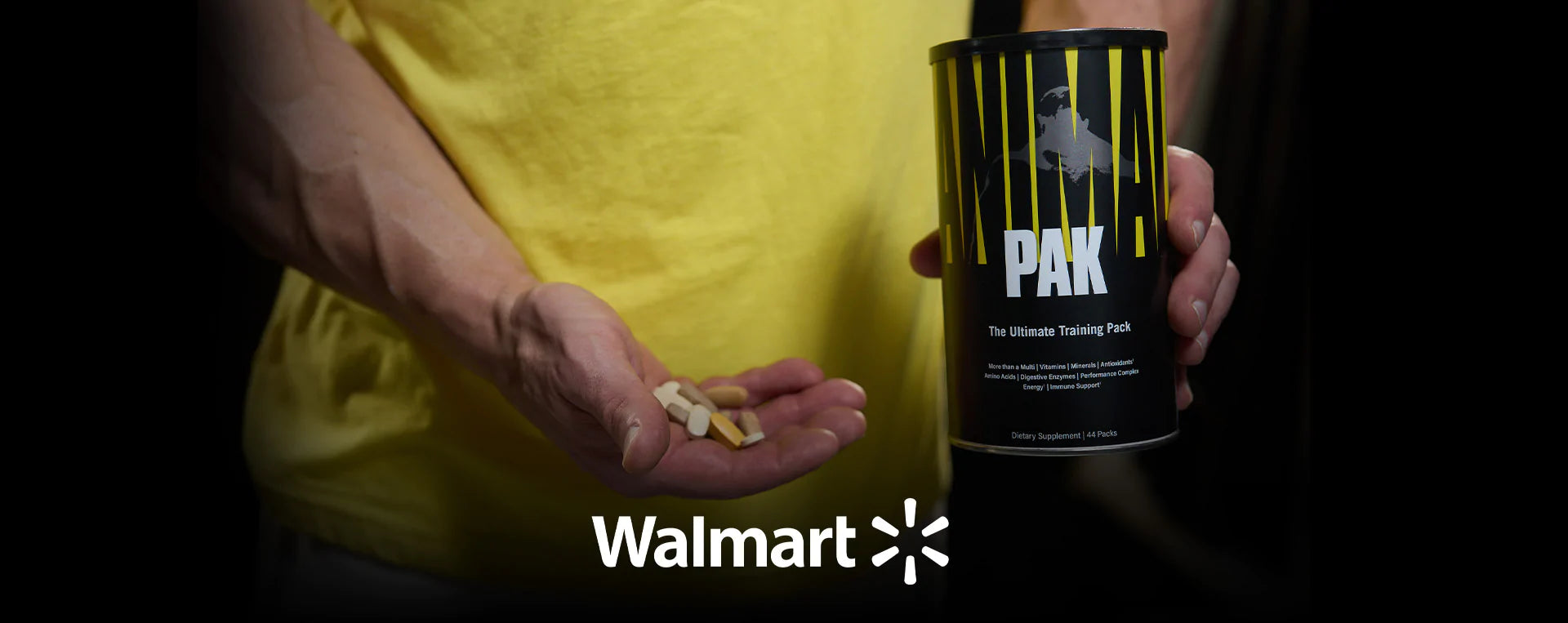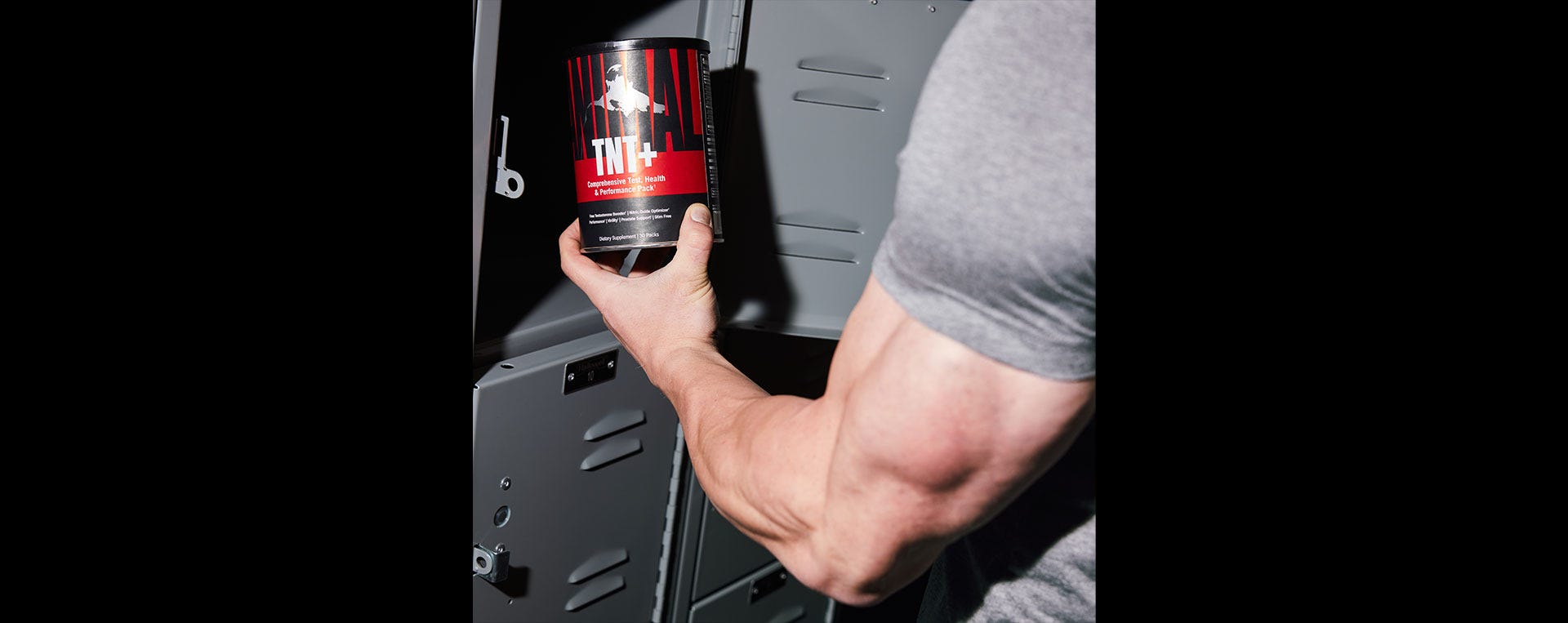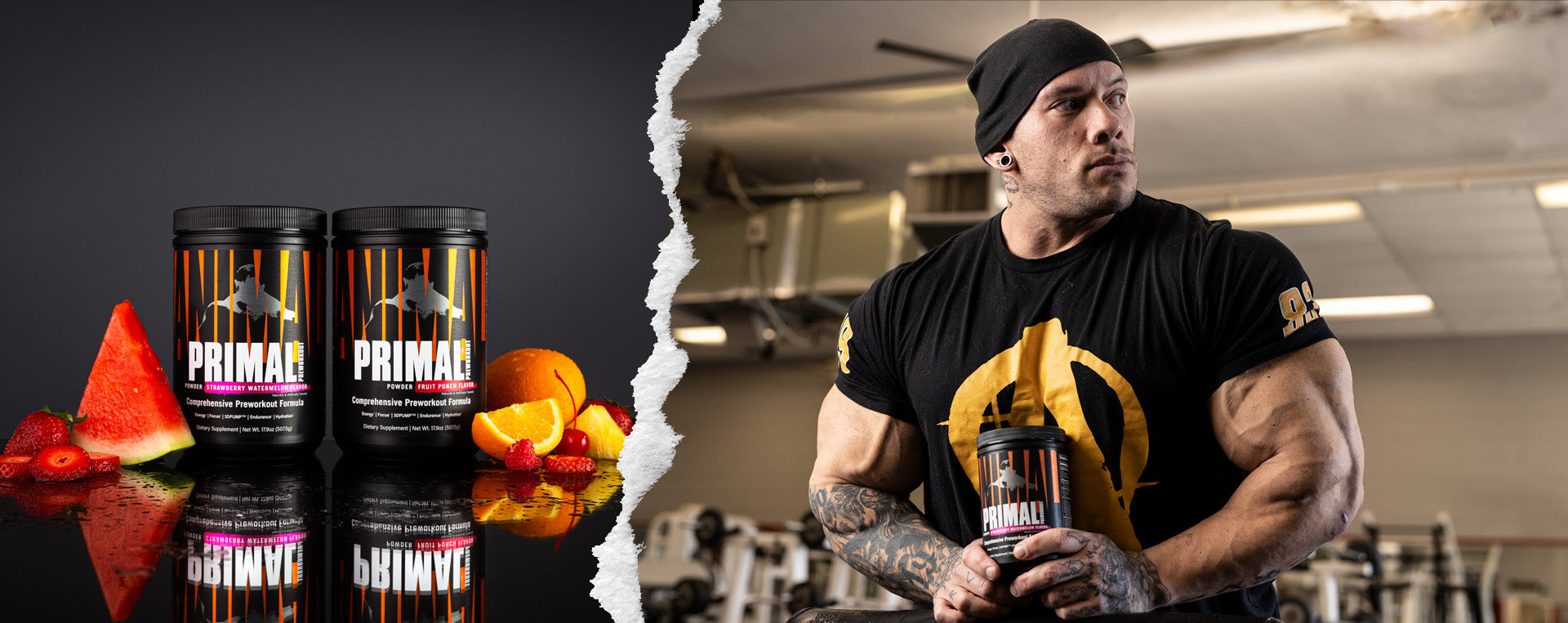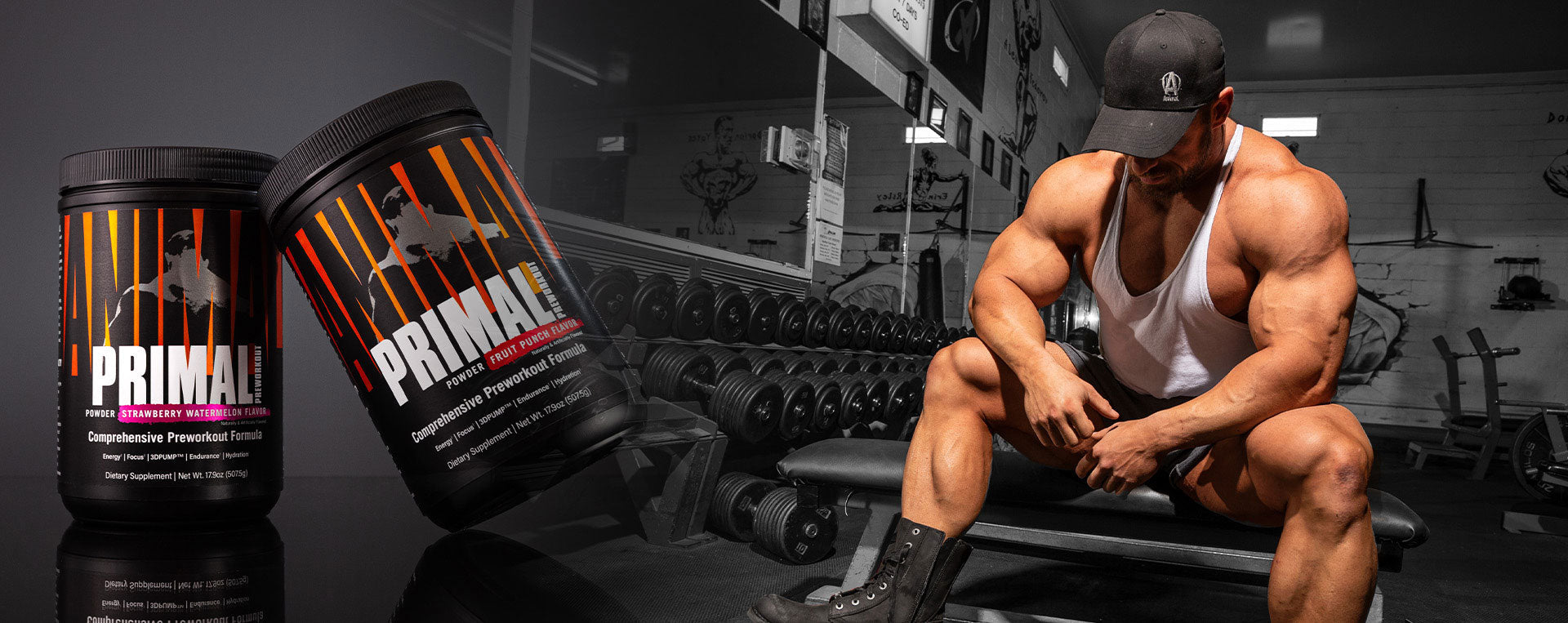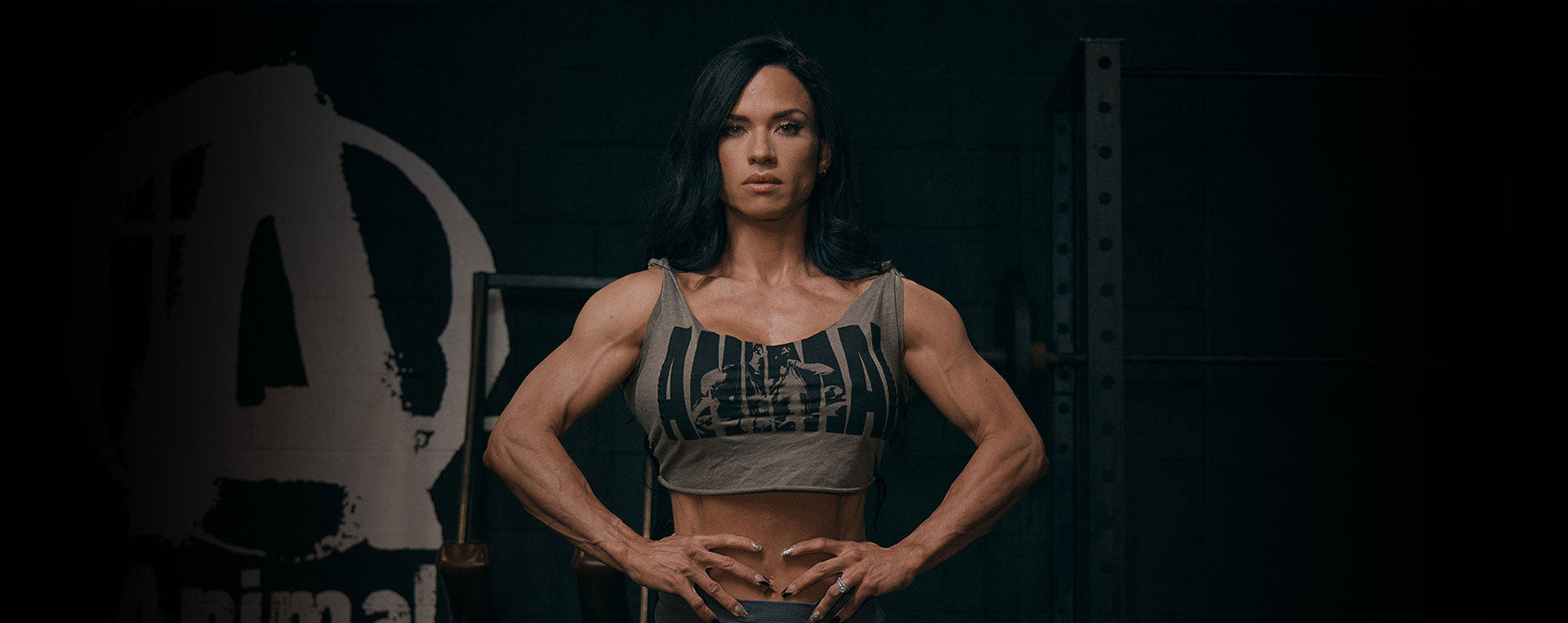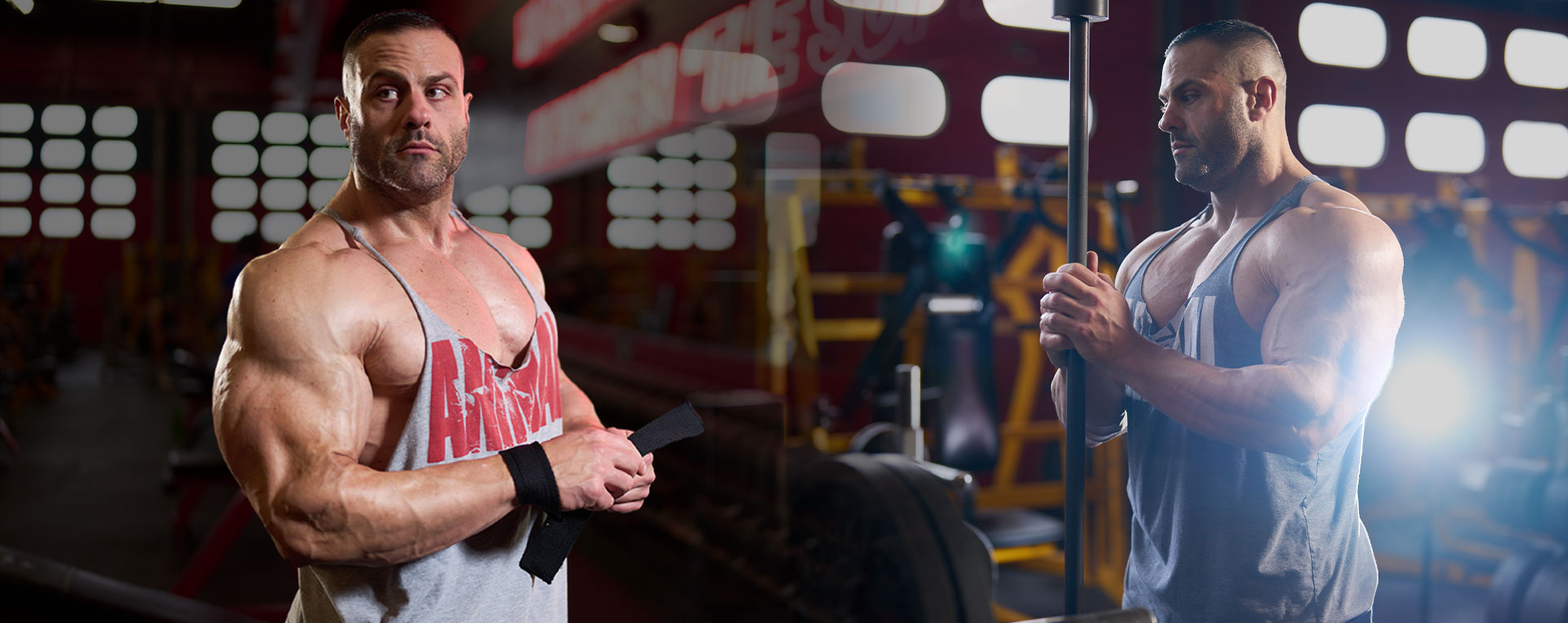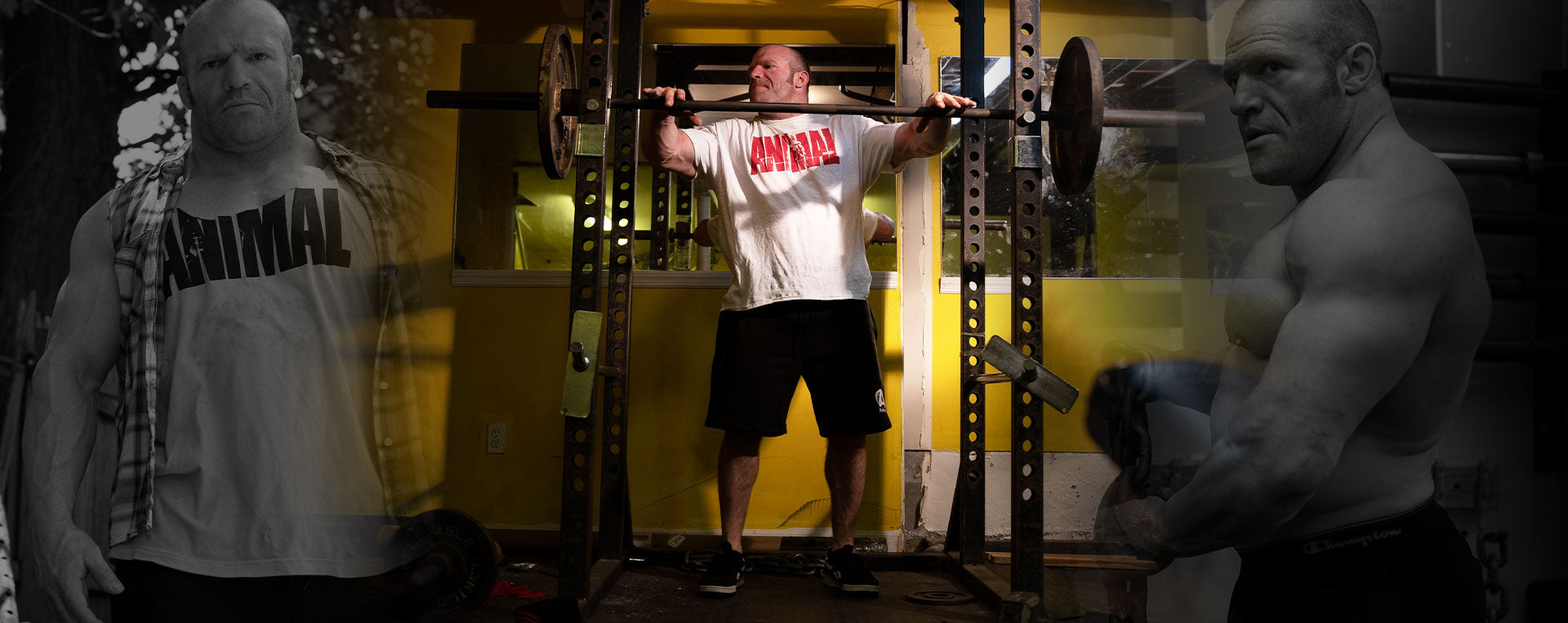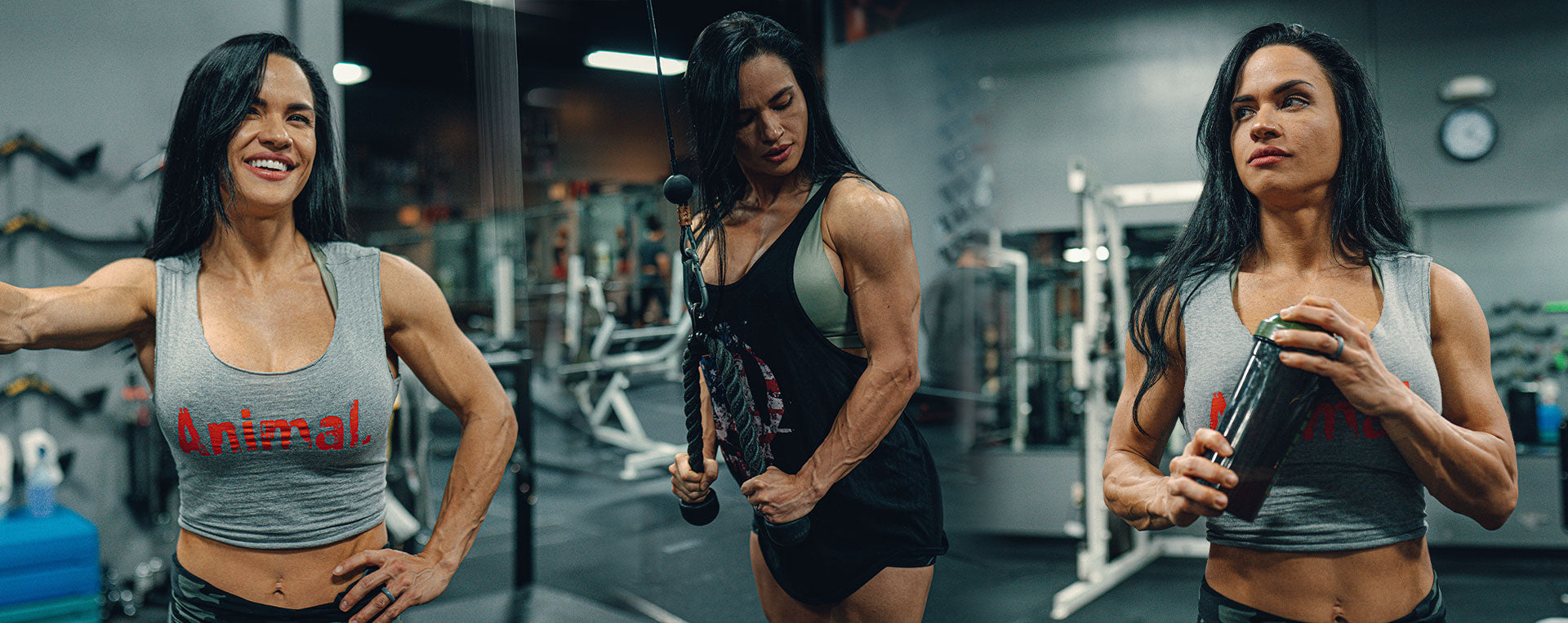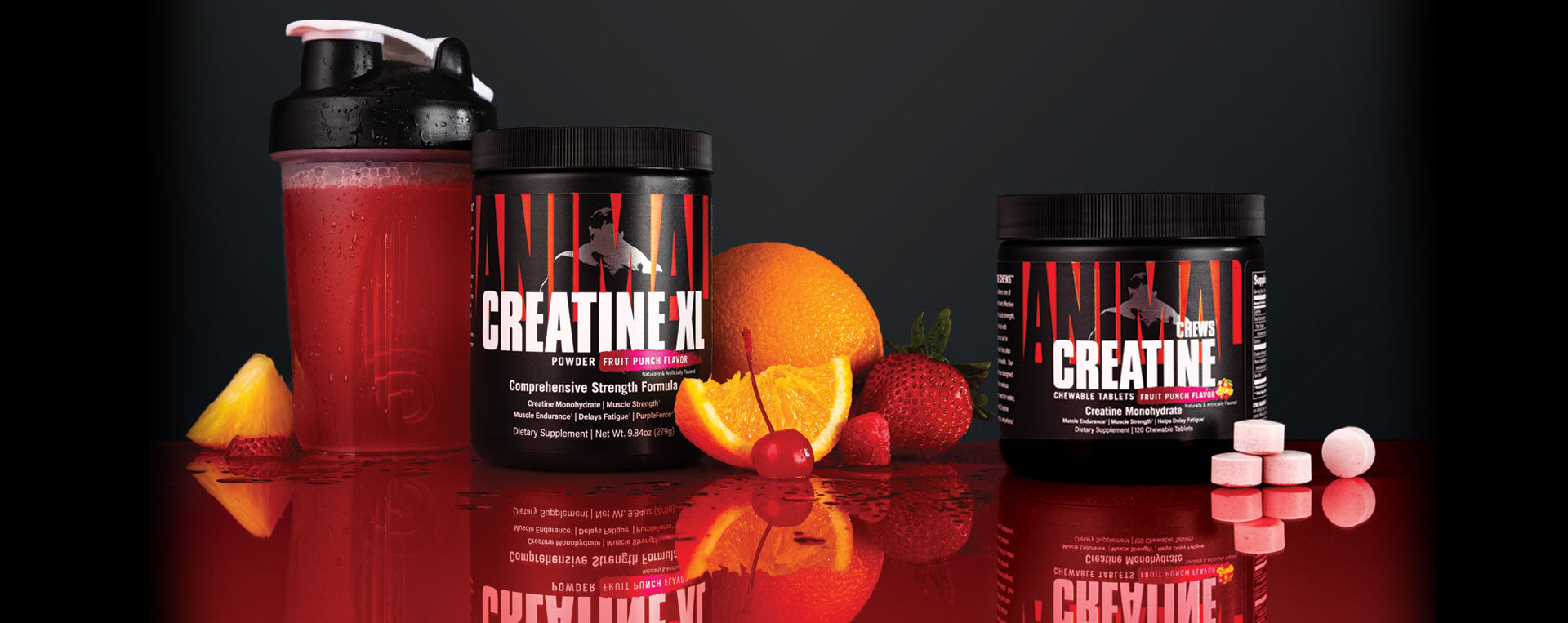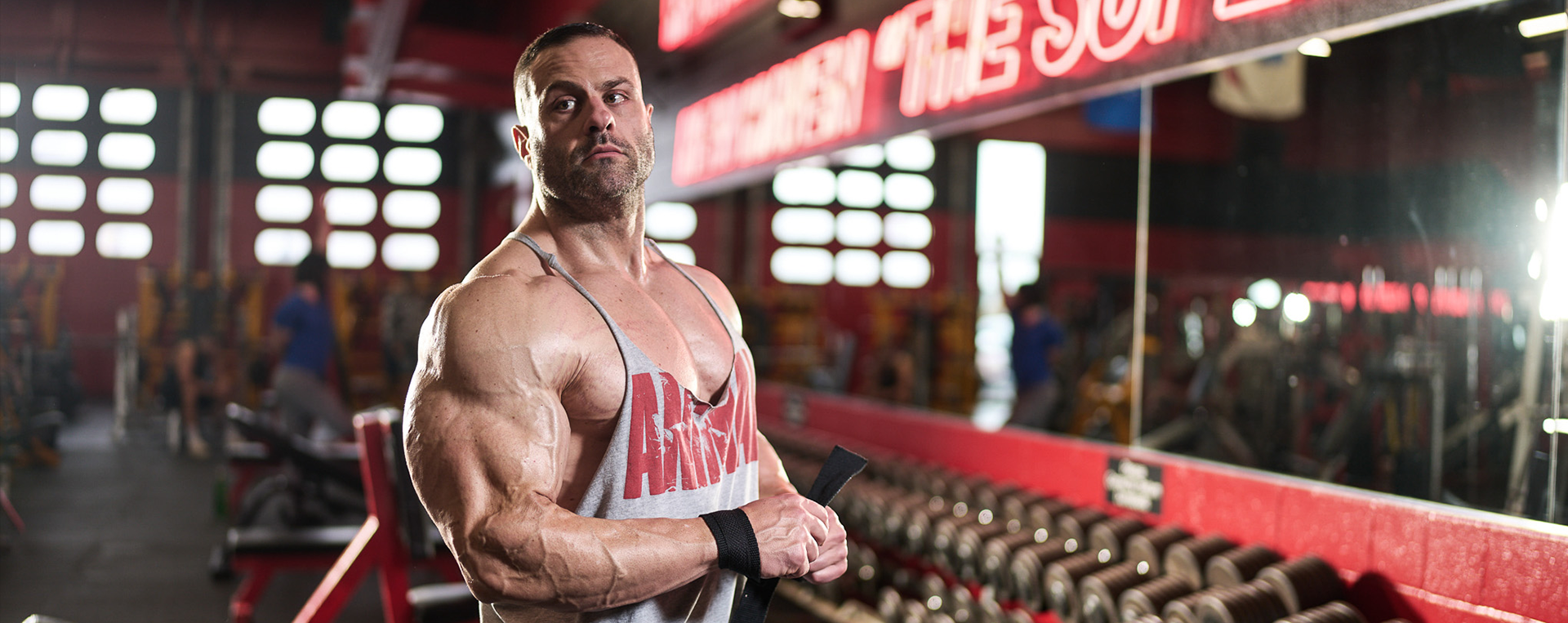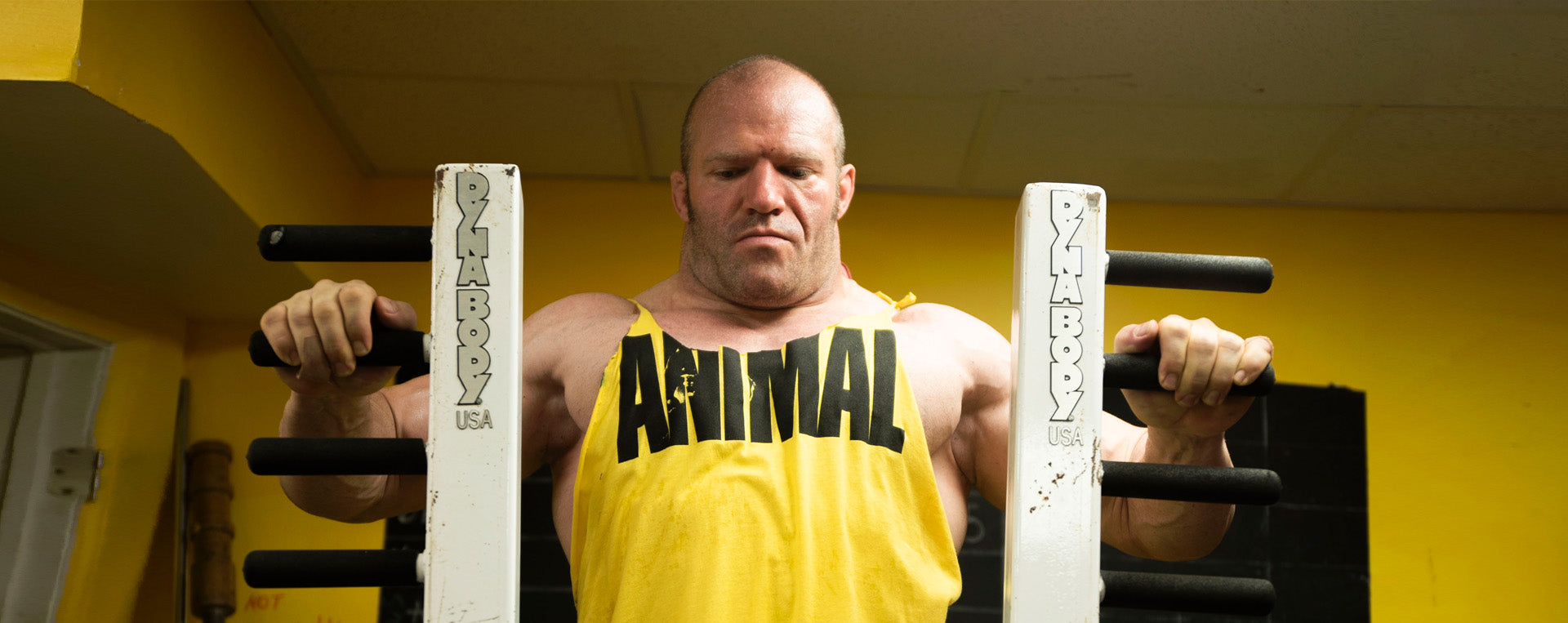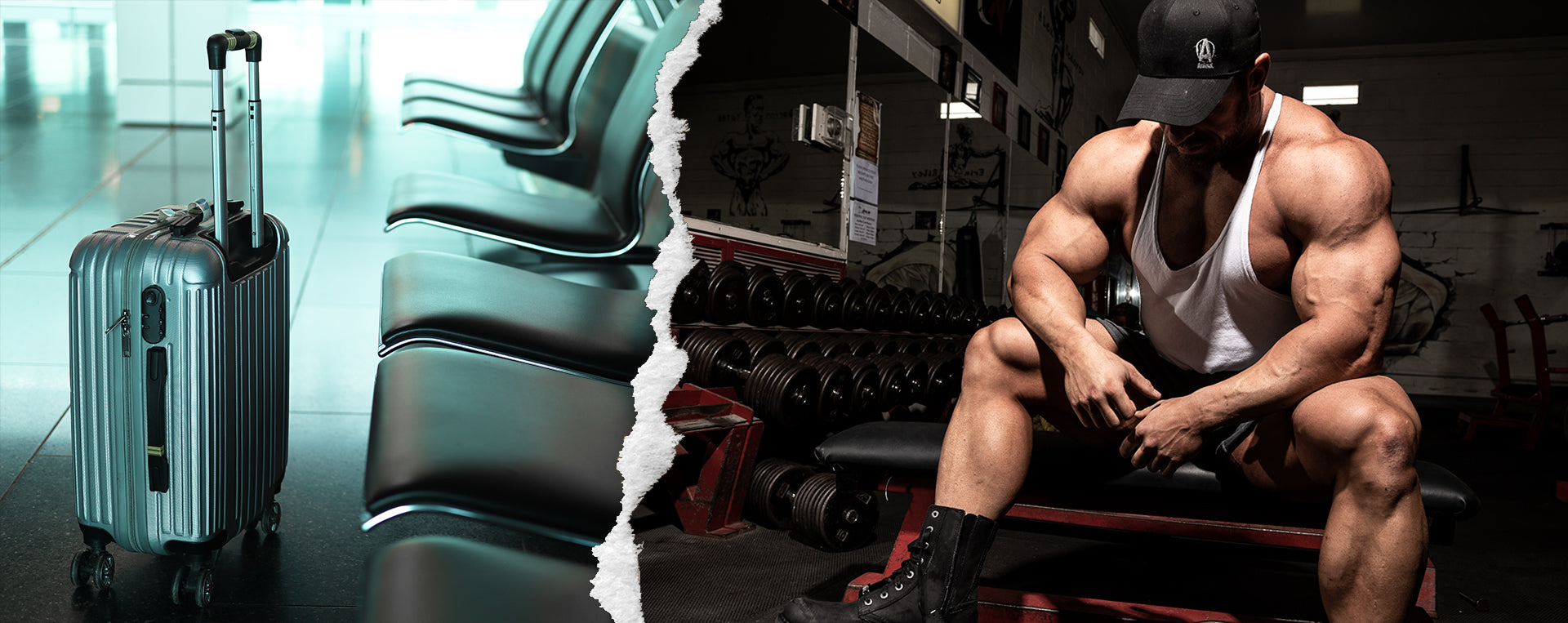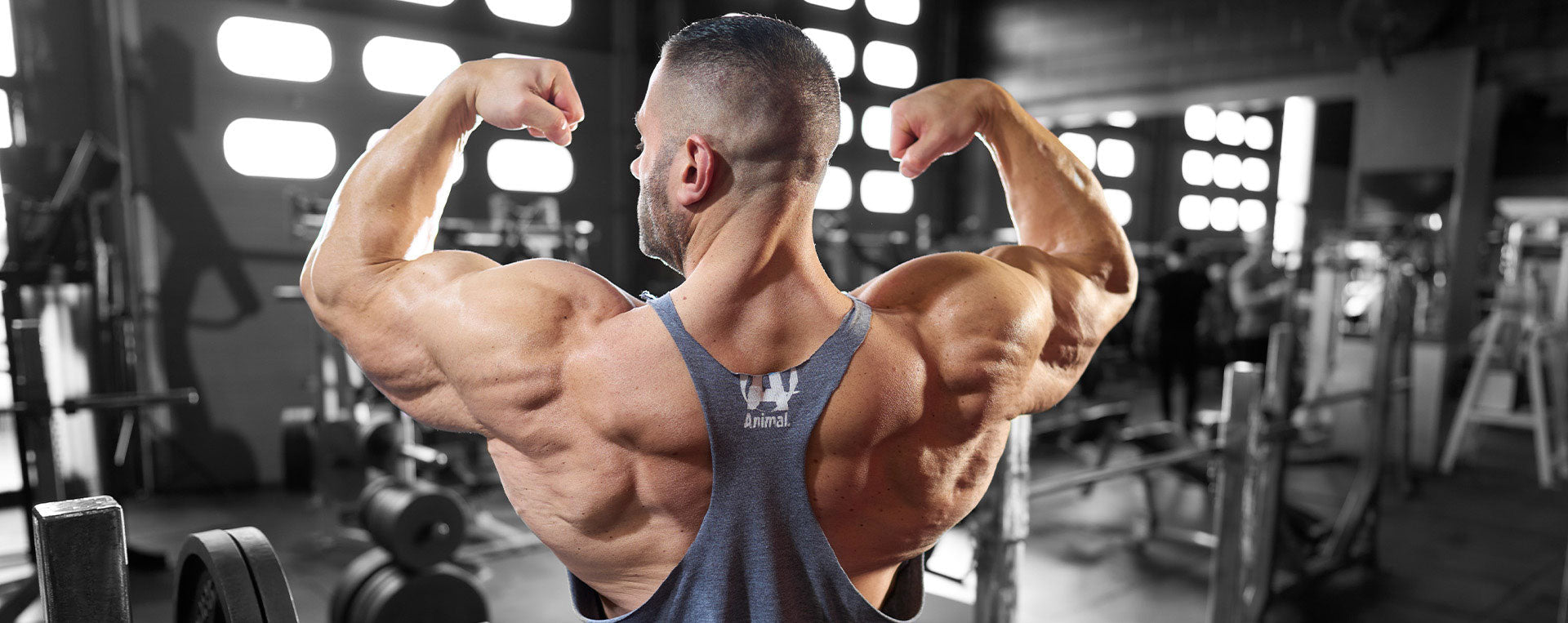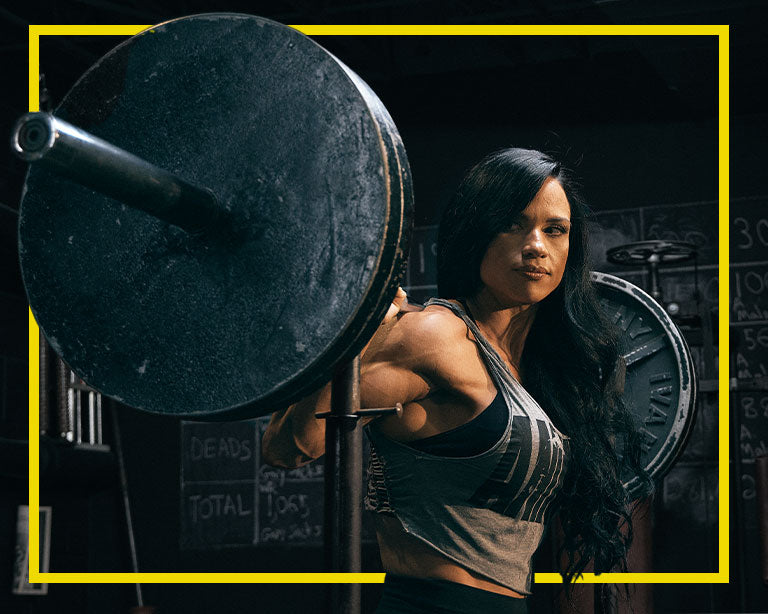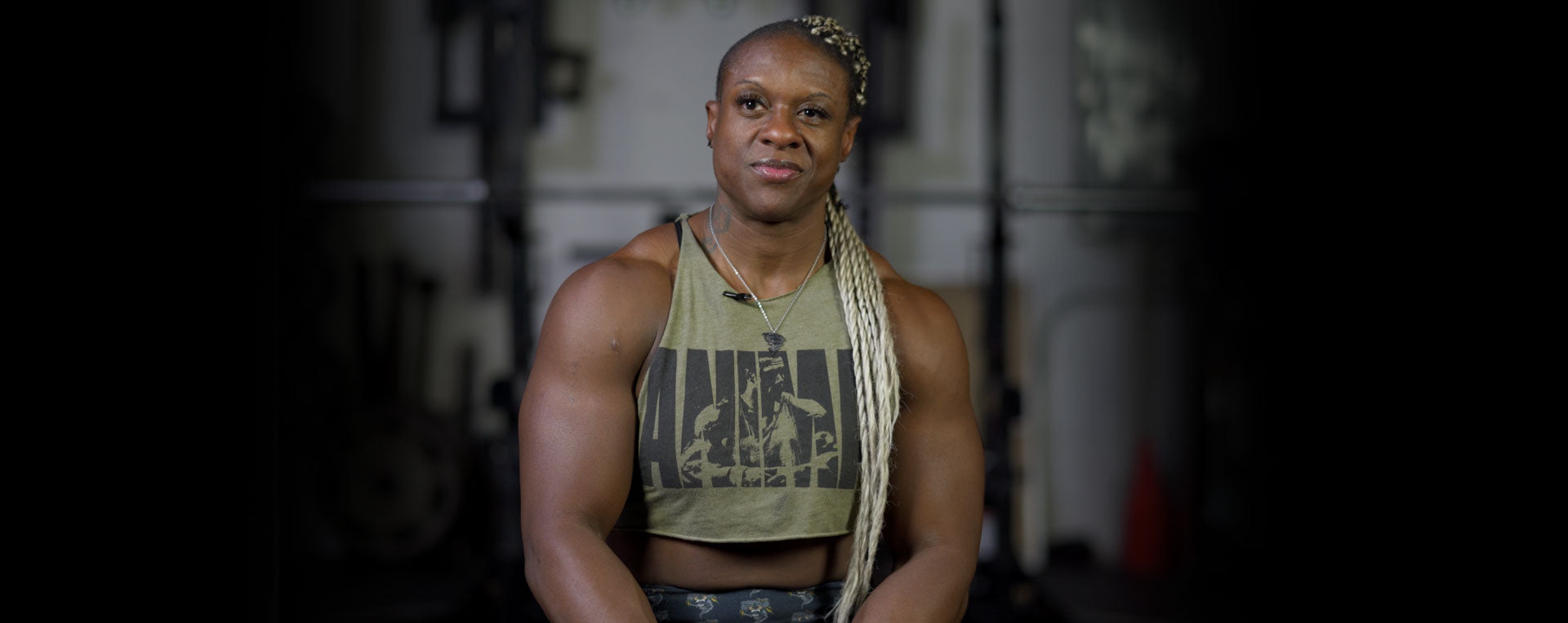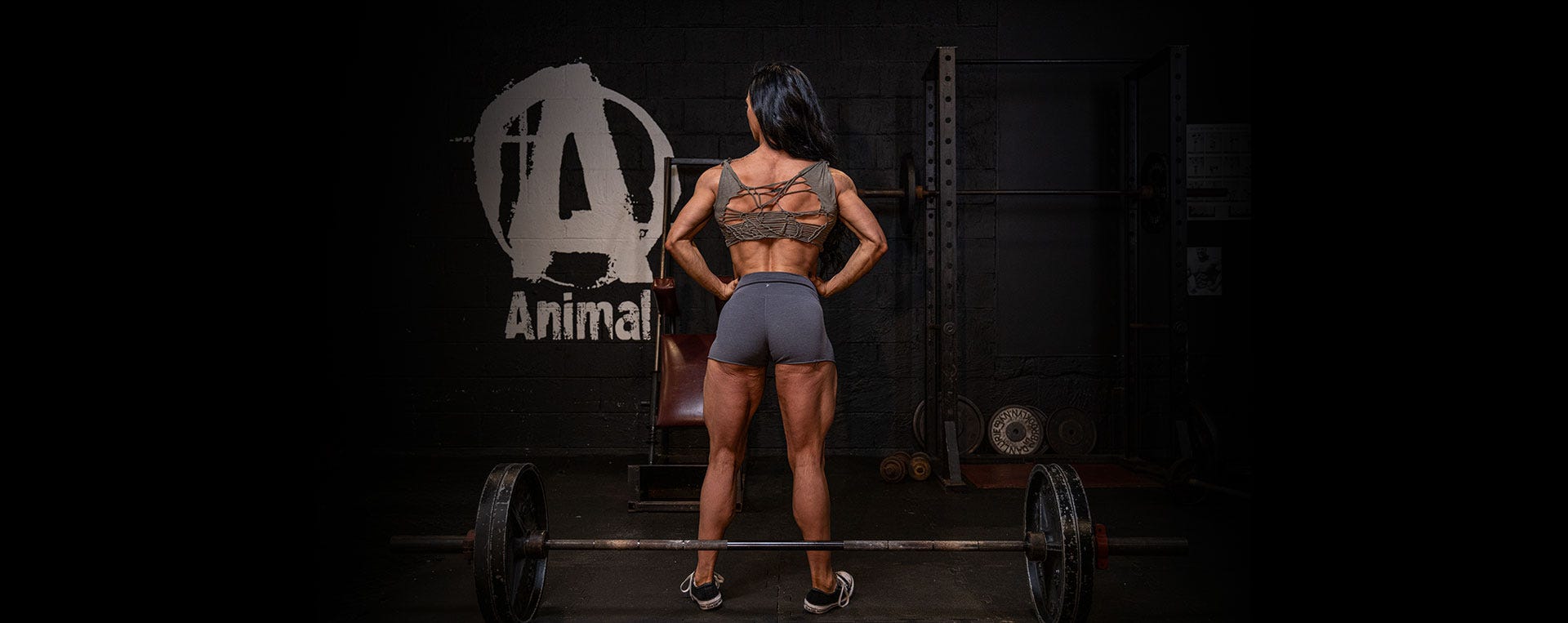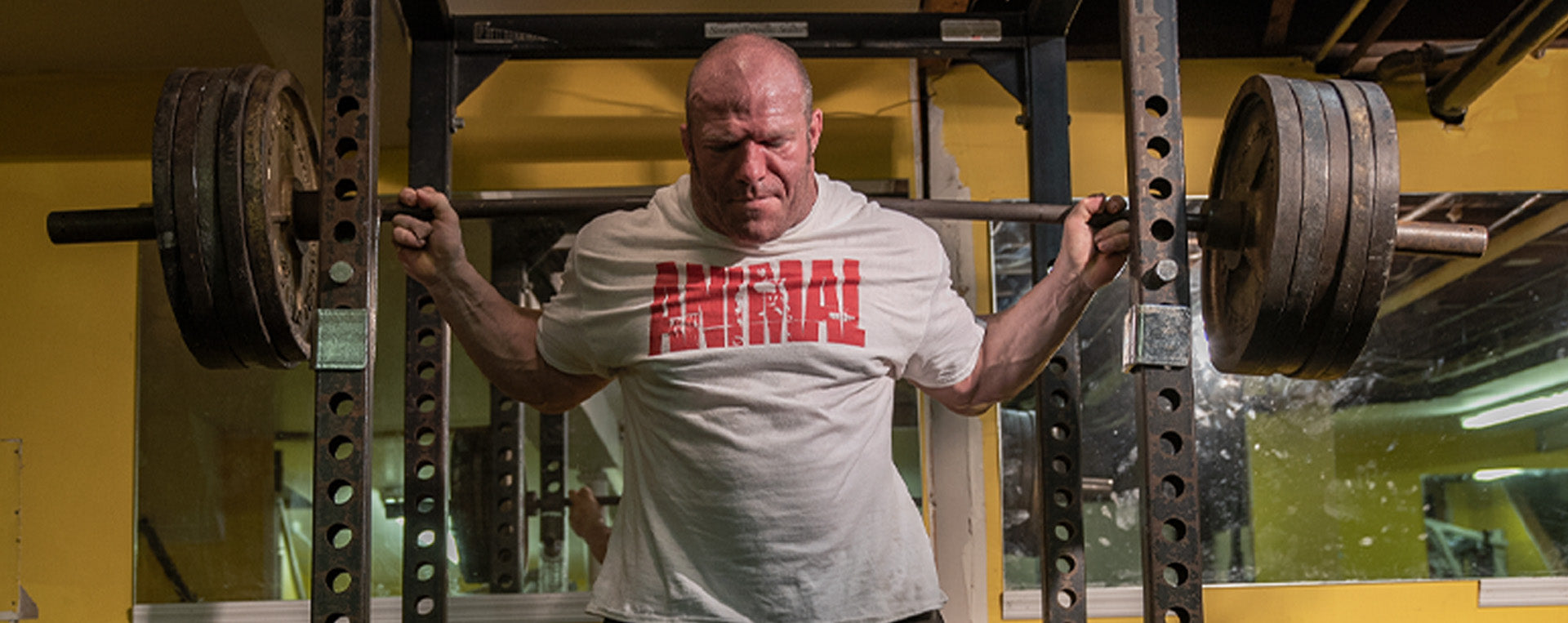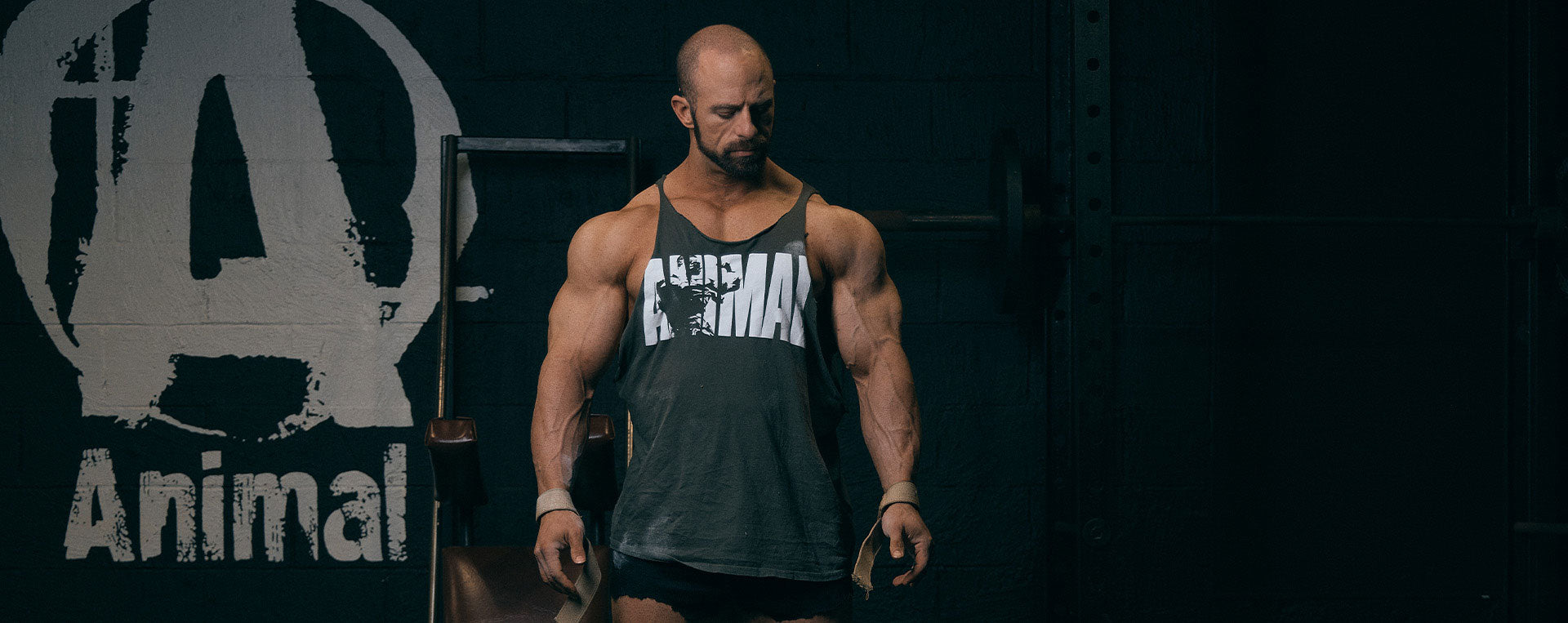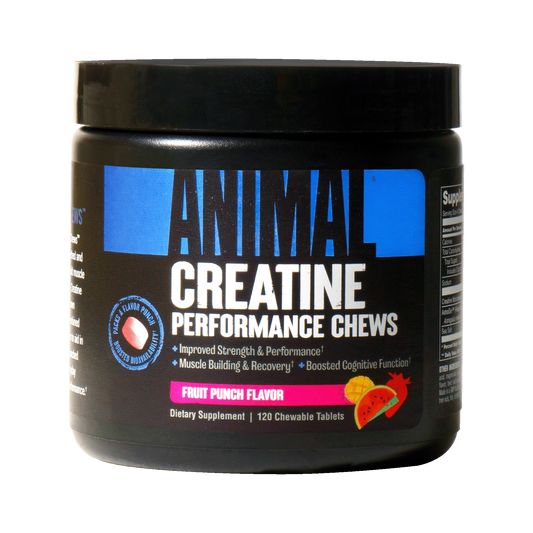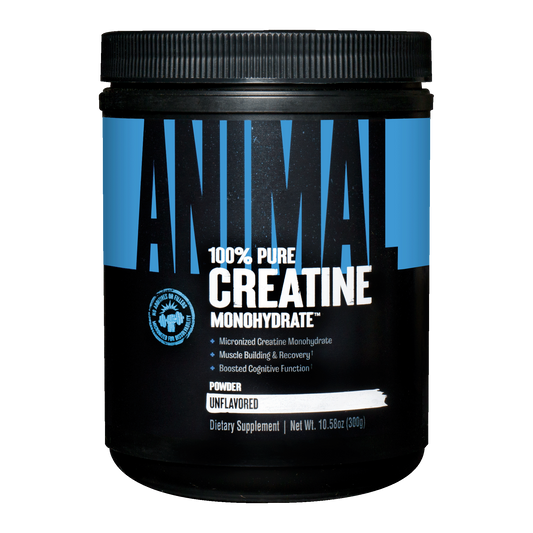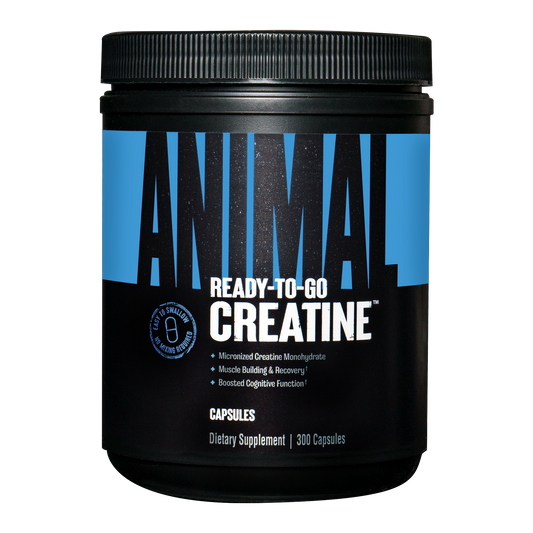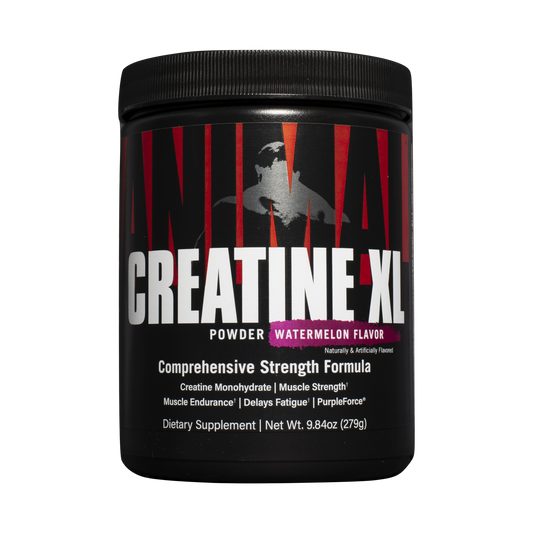“Pop!” That was the sound my knee made as I collapsed under the crushing force of the weight. My knee wouldn’t work. I tried to get up, but my leg was a like a limp noodle under my body weight. I had finally done it. I had torn a tendon.
In late August I was doing an ultra-heavy pendulum squat for reps. On the sixth or seventh rep, my knee wrap started to unravel. I foolishly decided to keep the set going. At the bottom of the next rep, my quad tore completely from the patella. I couldn’t bear any weight on the injured leg. It was useless. There was no pain, but instant swelling, and I had completely lost the ability to extend my knee.
A few weeks later I was under the knife. My surgeon warned me I’d be in a long period of recovery before I would be back to where I was before the incident occurred. When would I be able to walk again? Go upstairs? Will I ever gain the size and strength back in my quad? Is my bodybuilding career over? I was imprisoned in a knee brace, barely able to limp around on crutches, and in a ton of pain. I was at rock bottom.
Fast-forward to today, almost 18 weeks post-surgery. No knee brace. No crutches. I can walk. I can climb stairs without hesitation. I can train the injured leg again! I just had a follow-up appointment with the surgeon to see how I was doing. He was shocked at the strength and size I was able to retain in the quad muscle. It wasn’t luck that I could heal that fast and retain that amount of muscle size. I treated rehabbing my quad/knee like it was my job!
One of the first things I adjusted was nutrition. Originally, I had thought being less active, I would need fewer calories per day. I was wrong! Apparently, when your body is recovering from trauma, such as surgery, burns, wounds, you need more protein and calories in order to optimize recovery. My body made me fully aware of that, as I was so hungry from the time I woke up to the time I closed my eyes. I was probably consuming an extra 500-750 kcal per day than I would normally eat just to maintain my body weight! I stuck to nutrient-dense foods for the majority of my meals: beef, eggs, salmon, vegetables, fruits, nuts, and fortified rice cereal.
Not only do macronutrient and caloric requirements increase during healing, but micronutrient requirements also increase. My supplement protocol comprised Animal Pak Multivitamins twice per day, Animal Omega twice per day, and Animal Flex once per day. Zinc, iron, and vitamins A, B, C, and D all play a very important role in wound healing. Animal Pak supplies megadoses of all these, so I knew those demands were being met.
A balance of omega-3s and omega-6s are required for optimal wound healing as well. You often hear about the importance of omega-3s in diet, but overconsumption of omega-3s is actually detrimental to the healing process due to its anti-inflammatory effects. Omega-6s contribute to the kind of inflammation that is essential to wound healing. That’s why it’s important to include both omega-3 and omega-6 fatty acids in your diet. Animal Omega has both. The decision to include Animal Flex in my supplement recovery protocol was an obvious one. It contains ingredients like glucosamine, MSM, and chondroitin, which have been found to accelerate tendon-to-bone healing. I also took collagen hydrolysate in order to provide the raw materials for tendon growth.
Performance-enhancing drugs are obviously used during high levels of competitive bodybuilding in order to accelerate recovery and optimize performance. During my recovery, I used a TRT dose of testosterone because I obviously wasn’t pushing myself in the gym anymore, and I wanted to focus on my health and recovery. That being said, optimizing testosterone levels will contribute to increased levels of protein synthesis and healthy levels of red blood cells, which are important for healing tissues.
Growth hormone (GH) seems to be an outstanding compound when used to heal an injury. There are several research studies that have shown GH to significantly impact reduction in wound healing times as well as retention of muscle mass. I made sure to include GH in my protocol because of this. Lastly, I used BPC-157 and TB-500 peptides because several friends have had very positive results with them. BPC-157 and TB-500 are both synergistic with GH and increase its efficacy. They also produce unique benefits on their own, like increased blood flow to the injury site and anti-inflammatory effects. Keep in mind, this is not medical advice, and I am not a medical professional. Using any of the compounds mentioned above should be at the discretion of your doctor.
Physical therapy is probably one of the most important aspects of gaining full functionality of a joint. Joints are meant to move and stretch, so if you think lying in bed for weeks on end will result in a fully functional joint, you are kidding yourself. I had physical therapy sessions twice per week starting out and once per week as I progressed, but I had exercises and stretches that I had to perform every single day. Stretching was actually the worst part of the entire experience. It was quite uncomfortable and painful at times since you have to constantly push the limit of your mobility in order to gain greater and greater range of motion. In addition to physical therapy, I iced my knee several times per day, used a TENS unit on the quad and red light therapy on my knee in order to promote increased blood flow and healing.
About two weeks after my surgery, I was able to get back into the gym (with crutches) and train my upper body and my uninjured leg. I had to make adjustments, of course, as I couldn’t stand or bend over for the majority of exercises. Training the opposite limb to the injured side actually has been found to increase muscle retention and strength in the injured limb, so I trained my right leg with single leg curls, extensions, and leg presses. As the weeks progressed, I was able to do more and more. After about 12 weeks, I could do everything I used to do before the injury, and I could start proper hypertrophy training on the injured leg. I’m currently still regaining strength and size, slowly but surely, making sure I progress with my leg training a little bit each week.
To all of those who are injured: keep a positive mindset and put as much effort into your recovery as you would into your normal bodybuilding program. Follow your doctor’s advice, explore different therapies, and make sure your nutrition and supplementation are on point. Keep working hard day in and day out, and before you know it, you’ll be back to your old self!


